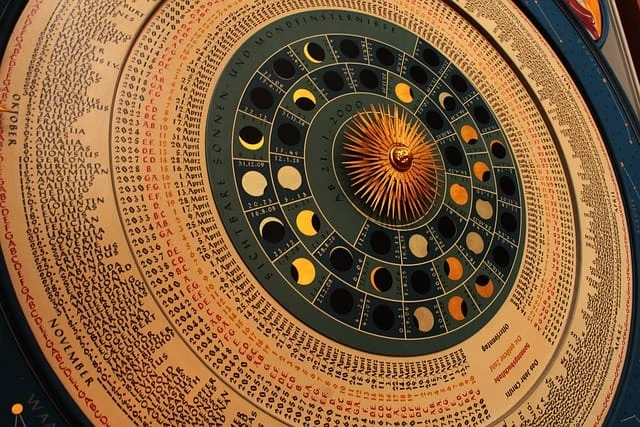Have you ever pondered the profound significance of time, a seemingly universal concept that intricately weaves its influence into every facet of our lives? Time, both fleeting and eternal, manifests itself through the changing seasons, the rhythmic cycles of day and night, and the inexorable passage of life. Amidst the mystery, humans have sought to unravel the secrets of time, using the symbolism for time to make sense of this intangible force. This includes the ability to perceptively speed time up with be engaging in a good conversation or to literally slow time down as gravity increases (just watch any good sci-fi movie). Even the time shift between getting a GPS signal from space must be accounted for around 6s otherwise our systems would be off by kilometers.
But what does this all mean and how do we find symbols of time in not only our daily lives, but across different cultures. Representations of the celestial body movements, the sands through an hour glass or the passage of the sun through the day (over a sundial) all have strong significance for the way in which we view time. Join us on a captivating journey as we delve into the fascinating world of symbolism for time, unraveling the hidden meanings behind some of the most crucial symbols associated with this ever-elusive concept.
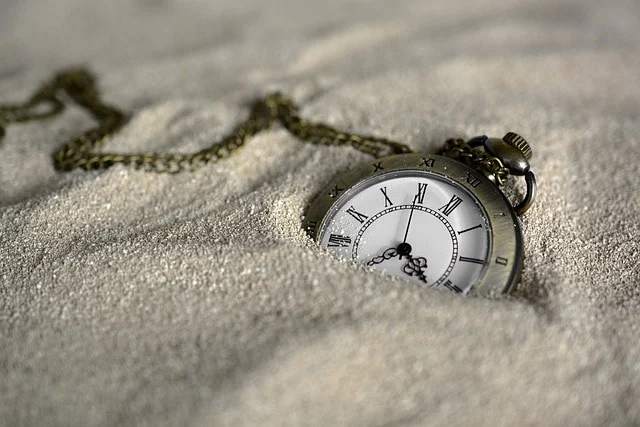
The Rich Tapestry of the Symbolism for Time
The Importance of Time Symbolism
Time stands as a fundamental concept that has, for centuries, played a pivotal role in the tapestry of symbolism. Its essence lies in change, cycles, and the inexorable march of life. Across diverse cultures, time finds representation through specific symbols, each laden with unique meanings and interpretations. We measure our own lives in the minutes, hours and years while we associated something like “dog years” to a factor of 7 time the length of a human year. But why do we feel the need to represent time or even try to measure time so precisely when in fact, time is only a construct in our mind. These questions have been the subject of philosophy, art and science for millennia and continue to prove a challenge to un-wravel.
Clocks: Guardians of Time Symbolism
In the symphony of symbolism, clocks emerge as one of the most resonant notes, echoing across cultures worldwide. Beyond mere timekeepers, clocks symbolize the relentless passage of time and, in many cultures, serve as poignant reminders of the finite nature of life. Images of Salvador Dali’s artwork adorned with melting clocks display our fascination in the way something so precise can literally melt away in front of our eyes. Expecting the clock to safe guard us in a routine passage of this precious commodity, we find ourselves in the absence of the resource as our days come to a close. The rhythmic ticking of a clock is a subtle yet persistent call, urging us to seize the moment and make the most of our precious time while we can.

Hourglasses: Balancing Past and Future
Stepping into the realm of symbolism, hourglasses unveil a different perspective on the passage of time. These delicate instruments symbolize equilibrium, with an equal measure of sand in each chamber, mirroring the delicate balance between the past and the future. Hourglasses stand as potent reminders that time, much like the flowing sand, waits for no one. Those familiar with “days of our lives” would understand the symbolism of the opening statement “like sands through the hour glass, so are the days of our lives”. We see the grain fall from the top followed by the another and another, yet although each is a replica of the last, at some point they will run out.
Sundials: Ancient Markers of Time
Ancient civilizations, in their pursuit of understanding time, turned to sundials as revered symbols. These timeless instruments not only measured time but also embodied the natural rhythms of life. Sundials, basking in the warmth of the sun, became symbols of knowledge and wisdom, guiding scholars and scientists through the intricate dance of time. Without the swiss watch makers, the sun was the only reliable timing device and the movement causing shadows allowed us to measure its travel. Although primitive, the sundial is an exceptionally elegant solution to the problem, and through its symbolism of the balance between light and dark, portrays time itself as a balancing act.
Diverse Interpretations of the Symbolism for Time
Understanding the Different Interpretations of Time
Time, as a symbol, is not confined to a singular interpretation; rather, it takes on varied meanings across cultures and contexts. The lens through which time is viewed can differ significantly, giving rise to diverse symbolic representations. This sounds absurd at first since time is a measurement and thus, should be specific right? But alas, the way that we measure and perceive time can be quite different based on our environments, backgrounds and cultural influences.
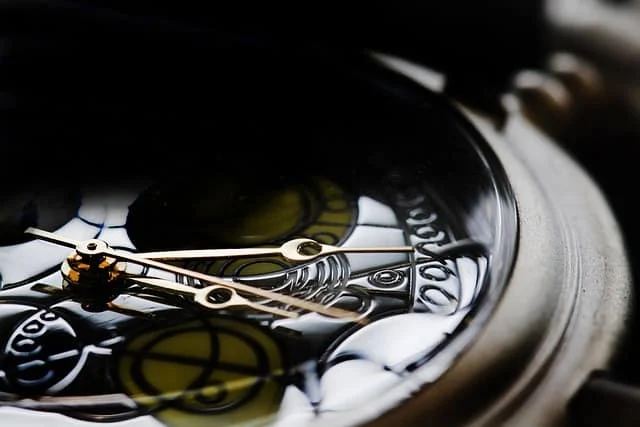
Cyclical Time: A Continuous Dance
In many ancient cultures, time is perceived as a continuous cycle, an eternal dance that repeats itself in harmonious rhythm. This cyclical interpretation finds resonance in the changing seasons, the celestial movements of planets, and the perpetual cycles of birth and death. For these cultures, cyclical time symbolizes renewal and regeneration, offering a beacon of hope amid the ever-turning wheel of existence.
And if you were living 2 thousand years ago, then why not? The key to your survival was understanding how the seasons changed, when to store food for the winter and when to plant for the spring. You weren’t worried about the real estate value of your clay hut in 3 years time, only that the walls needed to be re-enforced before the drying sun of summer pulled them to rubble. Some cultures today still work on these cyclical time perceptions and take little heed of what the future holds. Although we might dismiss with a view of naivety, the truth is that these people live more in the “now” than we do and hence, live happier lives.
Linear Time: The Modern Progression
Contrastingly, modern interpretations of time lean towards linearity, viewing time as a progressive journey from the past through the present and into the future. This linear concept is vividly portrayed in historical narratives that trace events along a chronological path. Here, time becomes a canvas on which societies paint their progress and development, a linear evolution toward improvement and advancement.
With this symbolism comes a greater understanding that our time has a beginning (birth), a middle (life) and an end (death). While it does put us more in tune with our mortality, we get caught up in the scale of our lives where we focus only on the middle bit (if we focus at all). This causes people to lose sight of the larger picture and ultimately regret at the end their time was wasted. Such a shame that unlike the cyclical society which ensures the focusing outside of the seasonal changes, that the life cycle is kept in full view acknowledging our slow march towards the inevitable dust.
Emotions and Time: A Personal Connection
Beyond its physical presence, time intertwines with emotions, becoming a personal and subjective experience. Nostalgia, a wistful longing for the past, and anxiety, a fearful anticipation of the future, are emotions deeply entwined with the ticking of the clock. Across diverse cultures, time is perceived as a finite resource, and the fear of squandering it can evoke anxiety and stress. Exploring these emotional connections sheds light on our attitudes toward time.
Astoundingly, our perception of time is deeply intertwined with our emotions in the moment. If we are laboring a chore which we feel is boring, then time almost stands still. However, if we are caught up in the moment with friends, laughter and love, then time becomes spritely and amazingly disappears as quickly as the moment. Anyone who has married their true love would attest that their wedding day was over in a flash and try as they might to savor the moments, blink and it was all but gone. That was my experience anyway…
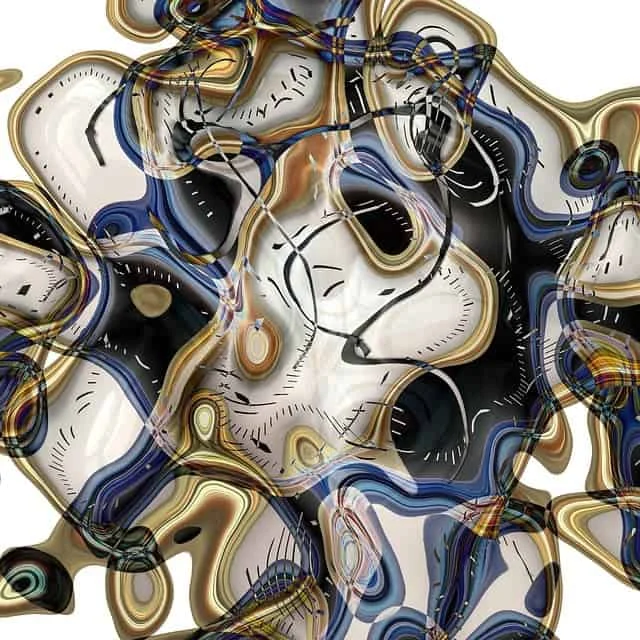
Time Unveiled in Art and Literature
Paintings: Capturing the Essence of Time
The world of art becomes a poignant canvas for the exploration of time’s symbolism. Renowned paintings, transcending time and culture, encapsulate the essence of temporal concepts. Salvador Dali’s iconic “The Persistence of Memory” offers a surreal portrayal with melting clocks, symbolizing the fleeting nature of time. In Vincent van Gogh’s masterpiece, “Starry Night,” the swirling sky and stars become symbols of the infinite expanse of time and the universe.
But what is this art actually trying to convey to us? The use of clocks or time symbols serve as a representation of either a time stamp to give context in art, or as the subject itself where it challenges our perception of time. Are we moving linearly through this experience, or as Burt from Mary Poppins said “I gotta feeling that what’s to happen, has happened before”. Even the visual art of movies such as the Matrix make us question if this is all just a simulation and part of a broader cycle of a computer system that is set on repeat.
Literature: Time Woven in Words
Within the written word, time finds a profound expression in literature. In William Shakespeare’s “Macbeth,” time serves as a symbol of life’s inevitable passage and the ephemeral nature of power. The rhythmic cadence of Ernest Hemingway’s “The Old Man and the Sea” paints time as a symbol of life’s cyclical patterns, as the aged fisherman grapples against the relentless currents of time and nature.
Time as a subject and as a symbol can be portrayed as either the comforting rhythm in the story that welds the seams of literature into the narrative, or it can be characterized as the un-stoppable force which works against the hero adding pressure and excitement as the time runs out. The symbolism for time in literature is one that often conveys the inevitable, like the sounding chimes of the grandfather clock in Charles Dicken’s “Scrooge” which heralds the next ghost of Christmas to arrive.
Final Thoughts on the Symbolism of Time
As we conclude our exploration into the fascinating realm of symbolism for time, a rich tapestry of meanings unfolds. From the rhythmic ticking of clocks to the delicate balance encapsulated in hourglasses and the ancient wisdom held by sundials, the symbols associated with time transcend cultural boundaries. In your own life, take a moment to reflect on the symbols of time that resonate with you. Perhaps a clock on your wall serves as a daily reminder, urging you to embrace each moment. Maybe an hourglass on your desk silently implores you to find equilibrium in the flux of life. Consider the timeless wisdom of a sundial, connecting you to the natural rhythms that have echoed through the ages.
Symbolism for time is not merely a collection of ancient artifacts or abstract concepts; it is a living, breathing language that speaks to our past, present, and future. Through the language of time, we discover threads that weave through the fabric of human experience, connecting us across generations and cultures. So, as you navigate the intricacies of your own journey through time, remember that these symbols are more than markers on a temporal scale. They are windows into the collective consciousness of humanity, offering insights into our shared understanding of existence.
Applying the Meanings of Time Symbols
In this exploration, we’ve touched on the surface of a profound and complex subject. The symbols of time beckon us to delve deeper, prompting introspection and a renewed appreciation for the moments that make up our lives. Take a moment to listen to the ticking of the clock, to marvel at the delicate balance of an hourglass, and to bask in the warmth of the sun like a sundial seeking knowledge. In doing so, you may uncover hidden layers of meaning, forging a deeper connection with the timeless symbols that guide us through the intricate dance of past, present, and future.
Symbolism for time is an ever-unfolding narrative, waiting to be explored further. May your journey through its depths be as timeless as the symbols that accompany you along the way.
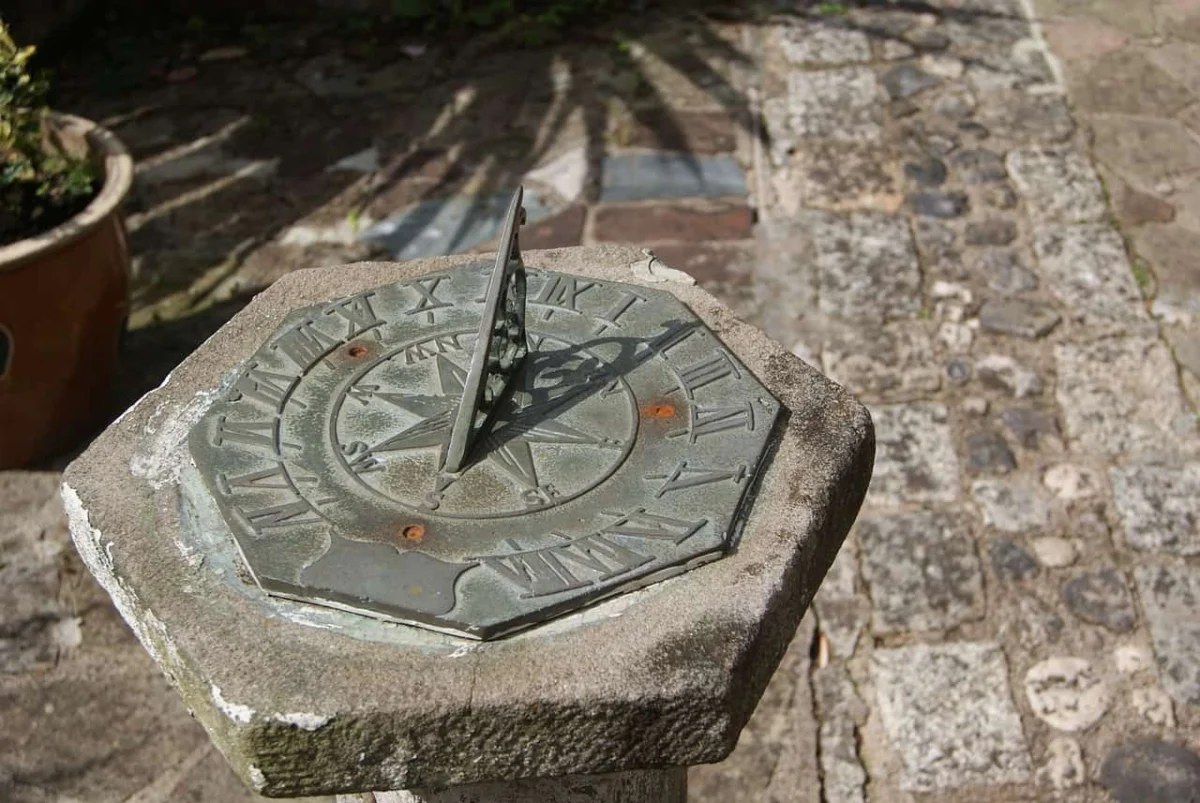
Frequently Asked Questions: Symbolism for Time
1. What is the significance of clocks in symbolism for time?
Clocks symbolize the relentless passage of time and the finite nature of life. Their ticking hands echo the heartbeat of existence, urging us to make the most of every fleeting moment.
2. How do hourglasses contribute to symbolism for time?
Hourglasses, with their delicate balance of sand, symbolize the equilibrium between the past and the future. They stand as reminders that time, much like the flowing sand, waits for no one.
3. What role do sundials play in symbolism for time?
Sundials, ancient markers of time, embody the natural rhythms of life and the significance of the sun. They are symbols of knowledge and wisdom, connecting humanity to the celestial dance of time.
4. How does cyclical time differ from linear time in symbolism?
Cyclical time represents a continuous, repeating cycle, often associated with renewal and hope. In contrast, linear time portrays a progressive journey from past to present to future, aligning with notions of progress and development.
5. What emotions are associated with time in symbolism?
Time intertwines with various emotions; nostalgia is often associated with a longing for the past, while anxiety stems from a fear of the future. Understanding these emotional connections enhances self-awareness.
6. Why is time a common theme in paintings?
Paintings often explore the essence of time, with artists using visual symbols to convey its fleeting and infinite nature. Famous works like Salvador Dali’s “The Persistence of Memory” and Vincent van Gogh’s “Starry Night” capture the intricacies of temporal concepts.
7. How is time portrayed in literature?
Time is a common theme in literature, symbolizing life’s inevitable passage and cyclical patterns. Examples include William Shakespeare’s portrayal of time in “Macbeth” and Ernest Hemingway’s exploration in “The Old Man and the Sea.”
8. What can we learn from exploring symbolism for time?
The exploration of symbolism for time unveils a rich tapestry of meanings that transcend cultural boundaries. It offers insights into our shared understanding of existence, connecting us across generations and prompting introspection into the moments that make up our lives.

